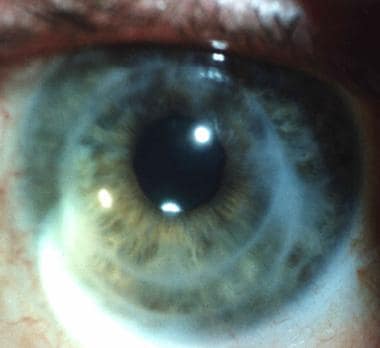
Remove Debris Using Multi-Purpose Lens Solution If you experience any fogginess, please get in touch with our optometric team. At Specialty Contact Lens Center At Optical Images, we ensure the best fit for our patients, thanks to our professionally custom-designed lenses fit each eye. If the lens is poorly aligned with the eye it causes fogginess, which, in turn, causes mucus to form and get trapped in the saline layer of the lens, leading to blurred vision. The fogginess might be due to a poor fit. If your lenses fog up in the middle of the day, it’s best to remove them at that time. The best time to remove the lenses is approximately an hour before going to sleep. Most people can comfortably wear scleral contact lenses for up to 12 to 14 hours at a time. Remove Your Scleral Lenses Before Going to Sleep Make sure that your hands are fully dry using a lint-free towel prior to handling your lenses. Tap water contains acanthamoeba, a microorganism that can cause a severe, painful and sight-threatening infection.
#Pellucid marginal degeneration bellingham how to#
How To Clean and Care for Your Scleral Lensesįirst and foremost, never ever use tap water in any area of lens care, whether to rinse or fill your lens case. However, to benefit from the lens’s unique features, you need to follow basic hygiene guidelines explained below. A fluid reservoir between the lens and the cornea optically neutralizes any corneal irregularities and hydrates the ocular surface, providing a moist and comfortable environment between the eye and the lens. Custom-fit to the contour of your eyes, these large lenses comfortably vault over the cornea and gently rest on the sclera.

Their unique design provides unparalleled comfort and visual acuity. Scleral lenses offer an effective contact lens solution for those with various ocular conditions, such as dry eye syndrome, keratoconus, keratoglobus, pellucid marginal degeneration, post-LASIK ectasia, post corneal transplant, and irregular astigmatism. Combined treatments and improved screening could eliminate the need for surgical management in most cases of PMD.Home » Contact Lenses in Kirkland, WA » Scleral Contact Lenses » Cleaning & Caring for Scleral Lenses Cleaning & Caring for Scleral Contact Lenses Corneal collagen cross-linking is especially exciting because it halts disease progression. Combining treatments such as ICRS, CXL, toric PIOL implantation, and refractive surgery is promising, but additional studies are needed to investigate their efficacy and safety.Īlthough little is understood about the etiology, pathophysiology, epidemiology, and genetics of PMD, new treatments are improving visual outcomes and reducing complications. CXL demonstrates effectiveness without complications, although data are limited and long-term results are needed. ICRS implantation can delay penetrating keratoplasty and improve contact lens tolerance, but does not treat the underlying process. Toric PIOL implantation is effective, but ectasia progression is a concern. Crescentic lamellar keratoplasty and TILK are effective, but technically difficult and without long-term results. CLWR is effective, but lacks long-term results. FTCWR has good visual outcomes, but with significant astigmatic drift. DALK provides visual outcomes similar to penetrating keratoplasty without the risk of immune-mediated graft rejection, but its complexity and relative novelty limit its acceptance. Penetrating keratoplasty is the treatment of last resort in PMD and is effective, but with considerable complications. Reported data for each treatment is presented.

This is the first review article looking at the literature specific to PMD. To review and evaluate current and future directions in the diagnosis and surgical management of pellucid marginal degeneration (PMD), including penetrating keratoplasty, full-thickness crescentic wedge resection (FTCWR), deep anterior lamellar keratoplasty (DALK), crescentic lamellar wedge resection (CLWR), crescentic lamellar keratoplasty, tuck-in lamellar keratoplasty (TILK), toric phakic intraocular lens (PIOL) implantation, intrastromal corneal ring segment implantation (ICRS), corneal collagen cross-linking (CXL), and combined therapies.


 0 kommentar(er)
0 kommentar(er)
